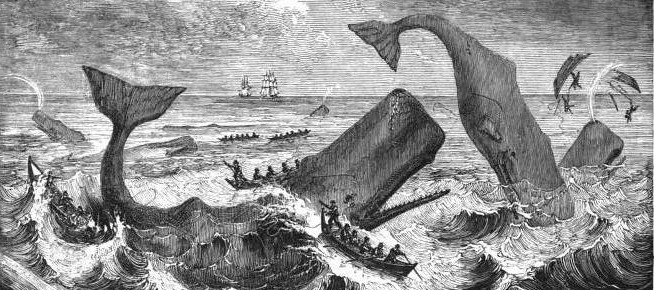Thank you for your interest in improving Chasingflukes.com. We welcome your contribution to the website’s Reading Guide and Resources.
More often than not, the best and easiest way to contribute is by utilizing the Comments field at the bottom of the page. For instance, if there is a notable title missing from its place in our Bibliography, Filmography, Webography, lists of Recent and Not So Recent Articles, etc., let us know with a comment, and we will see that relevant information is added to the site. Of course, site users are encouraged to engage with blog posts and other published material as well in the form of thoughtful comments.
There are still other ways that you can contribute to Chasingflukes:
Building on the Glossary | Contributing a Character-Sketch | Building on the Filmography | Other Contributions
Building on the Glossary
Is there a line or passage from MD giving you trouble that you would like our team to decrypt (as best we can) in the form of a Glossary entry?
Leave a Comment on the Glossary main menu page indicating the chapter in which the line/passage appears and including a partial transcription of the quotation. Chasingflukes contributors will see that a Glossary entry addressing the line or passage in question appears on the site within a week.
Would you like to serve on the team of Chasingflukes glossary entry writers?
Email a site administrator, with your name, location, institutional affiliations (if any), and email address. You will be added to the Chasingflukes Glossary Contributors Listserv. When there are Glossary entries needing to be written you will be included in a group email requesting volunteers to compose certain entries. Not all of these calls for Glossary entries will be time sensitive, but some will be; that information will be indicated on a case-by-case basis.
We aim for glossary entries to be approximately 250-750 words in length and include images (public domain only, please) as well as pertinent links to the blogosphere and other sources that help illuminate the interpretation of the line/passage under consideration.
NOTE, on crediting authorship of Glossary entries: The entries featured in the Glossary do not have a specific author or authors credited, owing to the fact that these entries have been composed in a collaborative fashion and often revised by different people over time. The content featured in the Glossary is meant to be more akin to Wikipedia than a traditional edited volume, allowing for entries to be improved over time, whether that means being corrected to avoid inaccuracies or being revised so as to be opened to more diverse interpretations.
Contributing a Character-sketch
The character-sketch has proven both fun and challenging as an assignment in classes reading MD. The goal is to produce a 250-1000 word creative composition devoted to a single character from the book, which faithfully represents some signature aspects of that character as he, she, or it is represented in the book but in such a way that the composition also distills some distinct point of view of the reader of the book, the writer of the sketch. As such, in contrast to the entries in the Glossary, the entries in the Character-sketch Gallery are published under the names of their authors and their dates of composition.
Would you like to contribute a character-sketch or a collection of character-sketches (e.g., from a class) to the Character-Sketch Gallery?
Contact a site administrator in an email including attachments of all character-sketch submissions (separate file for each individual sketch; supported file types: .docx, .doc, .rtf). Each character-sketch should be submitted with the following information about the author: name, location, institutional affiliations (if any), date of composition, and email address.
IDEA, for composing character-sketches: the chief benefit of the character-sketch assignment is that it is supposed to be fun, providing a more creative outlet for tackling some of the most enigmatic figures of MD; a character-sketch might strive for an original point of view or respond to another sketch collected in the gallery.
Building on the Filmography
The Filmography features links to selected reviews about the films, miniseries, TV shows, documentaries, etc., catalogued there, as well as any scholarly sources available online pertaining to the title(s).
Do you have information about one of titles featured on the Filmography, or for that matter a title not featured there that should be, which would be of use in building the Filmography?
Leave a comment in the Comments field at the bottom of the page.
Would you like to contribute a film review or a collection of film reviews (e.g., from a class) to the Filmography?
Contact a site administrator in an email including attachments of all film review submissions (separate file for each individual sketch; supported file types: .docx, .doc, .rtf). Each film review should be submitted with the following information about the author: name, location, institutional affiliations (if any), date of composition, and email address. Below the title of the review should be indicated how many stars out of five (with five being the best) the reviewer rates the title being reviewed.
Other Contributions
If you have other ideas for how to improve Chasingflukes, contact a site administrator in an email detailing your idea(s) and including attachments of and/or links to any supporting files or media.
